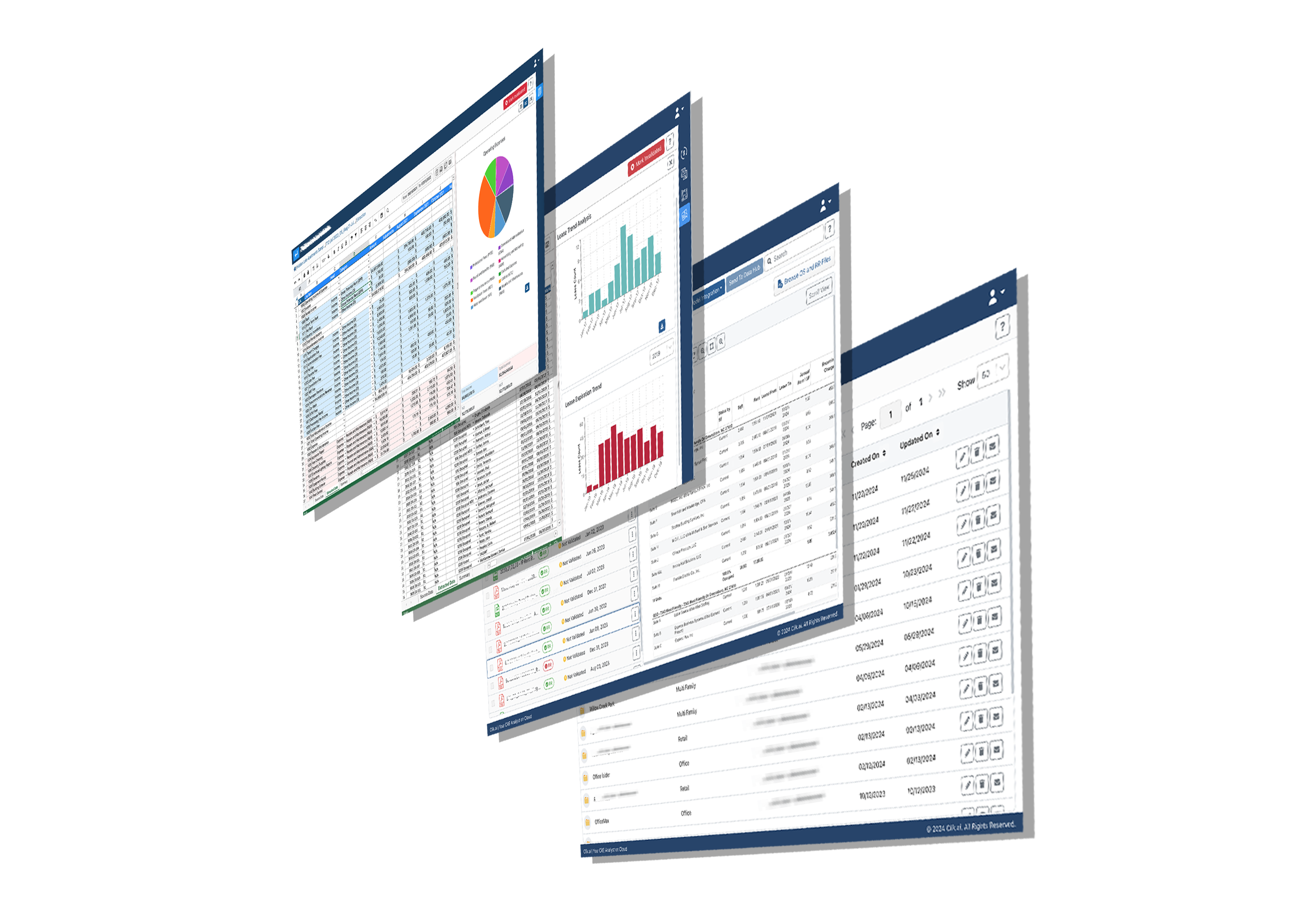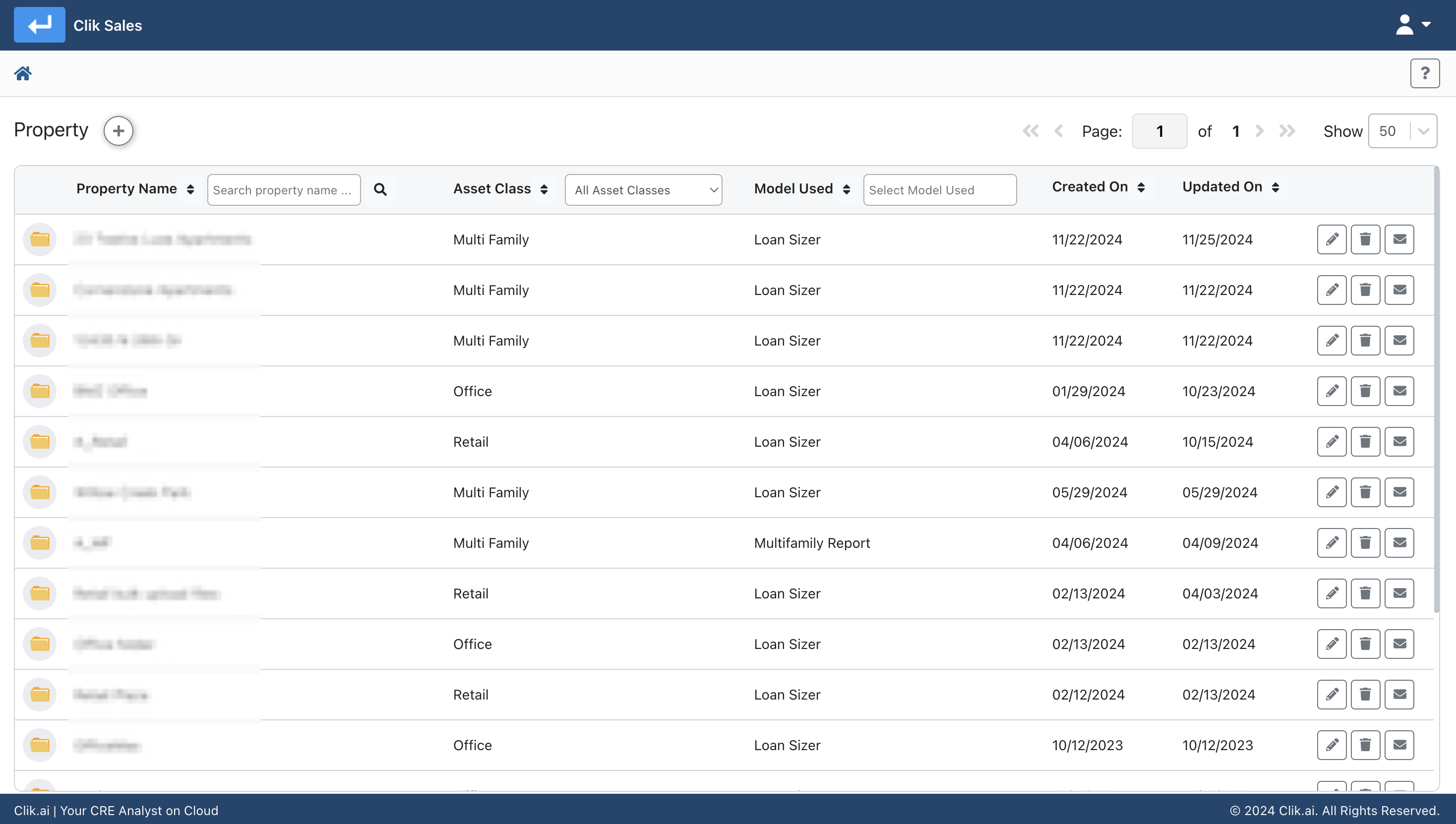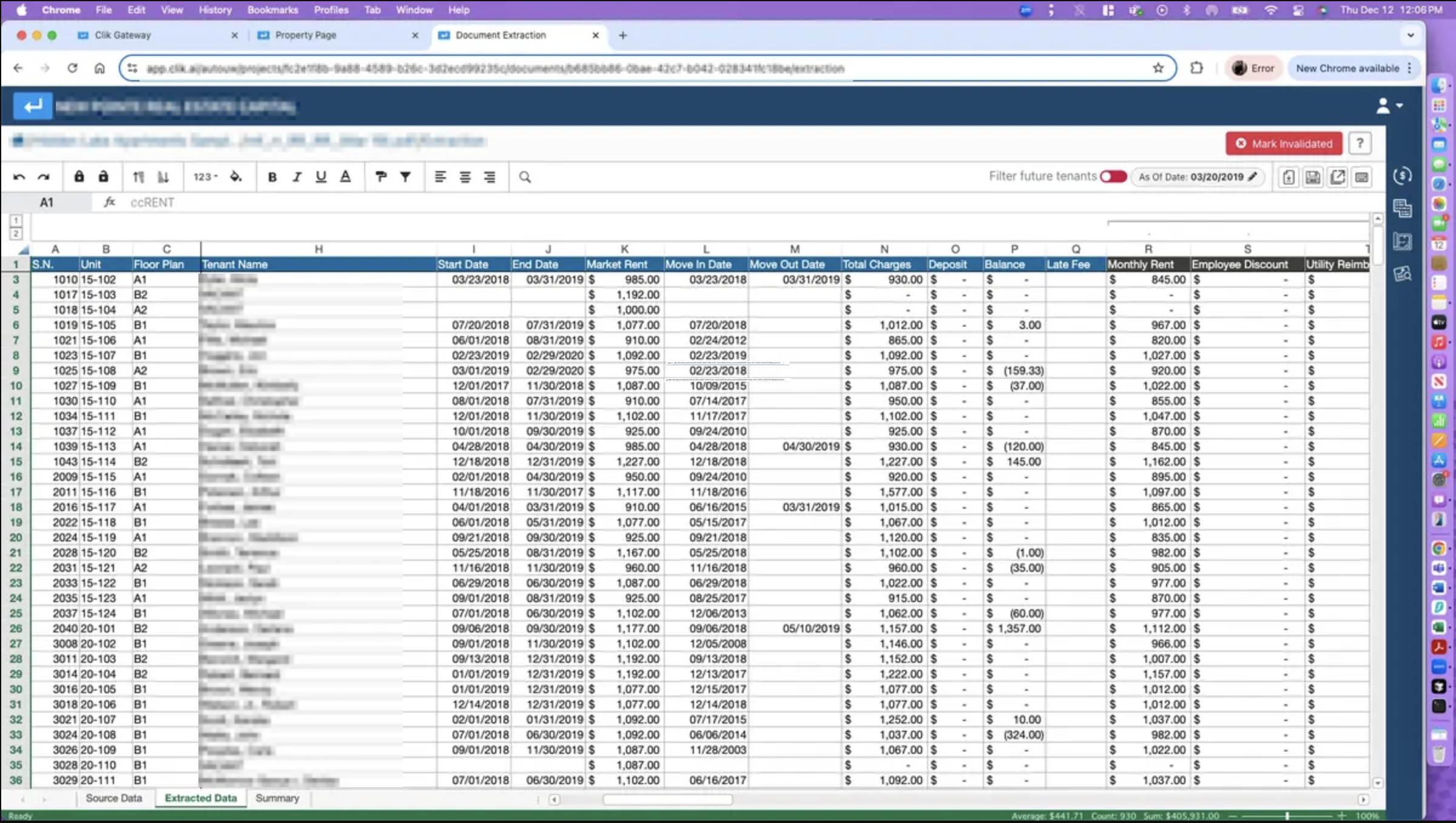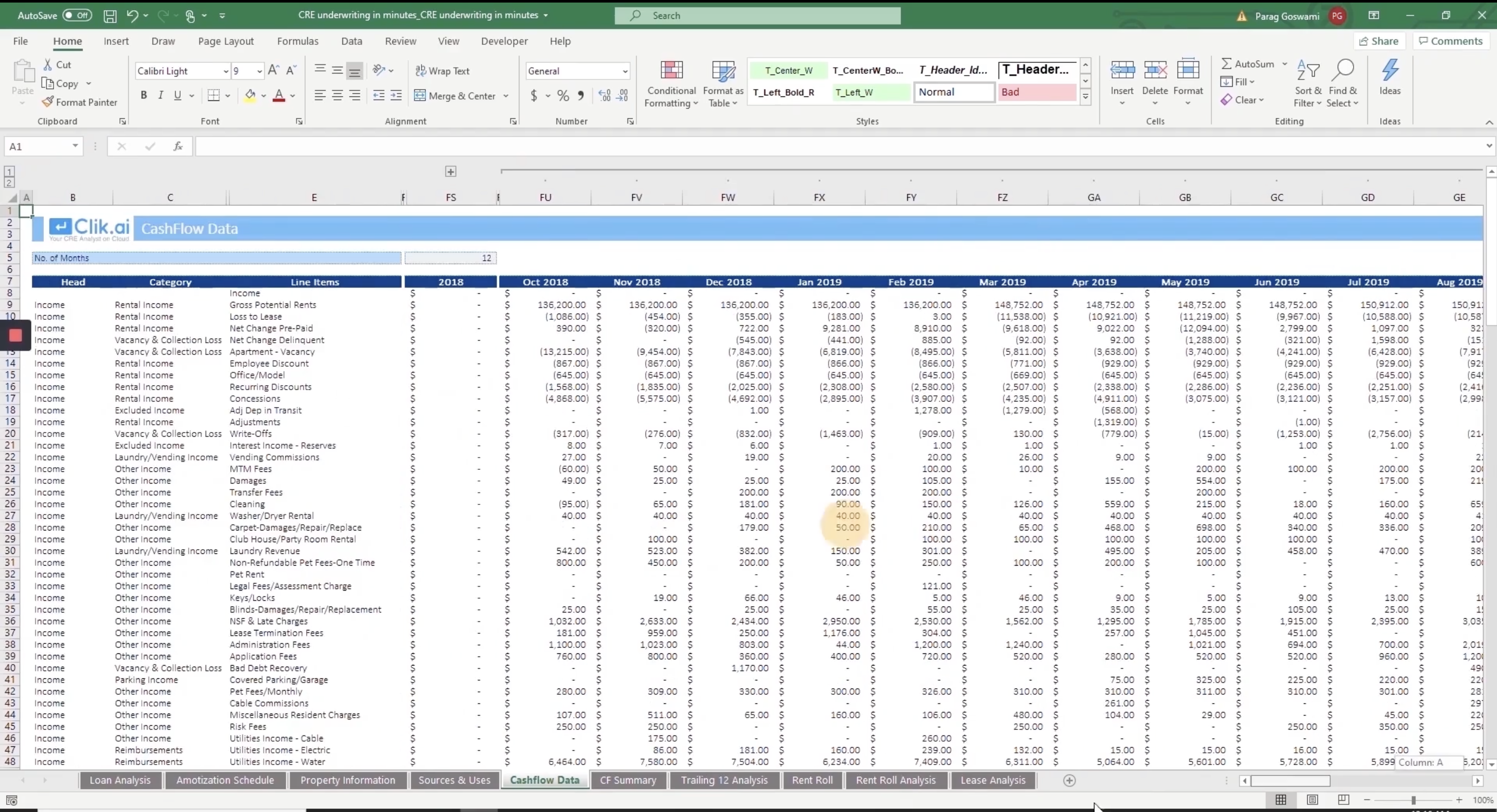Automate Your Underwriting Process with Precision
From Operating Statements to Rent Rolls, streamline your underwriting workflows with AutoUW's AI-powered solution.

Why AutoUW?
Powerful features that transform your underwriting process
Financial Data Extraction
Extract data from Operating Statements and Rent Rolls with 100% accuracy
Customizable Outputs
Generate underwriting models tailored to your format or lender-specific templates
Rapid Turnaround
Process deals in minutes, saving 70% of manual effort
AI-Powered Efficiency
Leverage advanced algorithms to automate even complex deals

How AutoUW Works
Simple, efficient, and powerful workflow
Upload Documents

Easily upload and manage your Operating Statements and Rent Rolls
Data Extraction

AI-powered extraction of critical financial data
Review & Validate

Verify extracted data with side-by-side document viewing
Download Results

Export comprehensive analysis in your preferred format
Achieve More with AutoUW
Measurable improvements in your underwriting process
Save Time
Reduce underwriting time by up to 70%
Boost Accuracy
Ensure 100% accuracy in data extraction
Scale Effortlessly
Handle up to 50+ deals/month without adding to your team
Frequently Asked Questions
Find answers to common questions about AutoUW
Ready to Transform Your Underwriting?
Schedule a demo today and see AutoUW in action.
